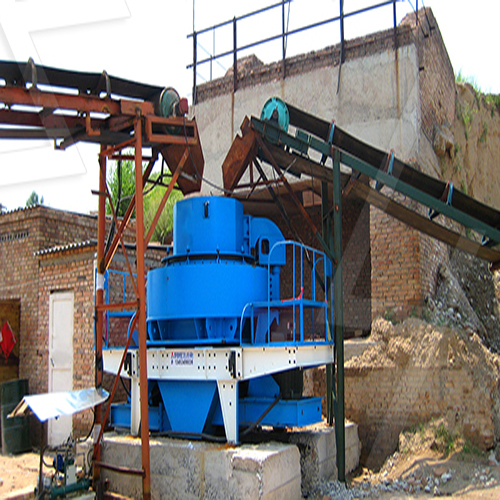Here’s a detailed overview of rock quarry machines and the process of crushing slate:
—
1. Rock Quarry Machines
Quarrying involves extracting rock (like slate, limestone, granite) from the earth. Key machines used include:
 # A. Extraction Equipment
# A. Extraction Equipment
– Drills (Blast Hole Drills): Used to create holes for explosives in hard rock.
– Wire Saws/Diamond Saws: For cutting softer stone like slate without blasting.
– Excavators & Loaders: Remove overburden (topsoil) and transport raw rock.
# B. Crushing & Screening Equipment
– Primary Crusher (Jaw Crusher/Gyratory Crusher): Breaks large rocks into smaller pieces (6–12 inches).
– Secondary Crusher (Cone Crusher/Impact Crusher): Further reduces size to 1–5 inches.
– Tertiary Crushers (Vertical Shaft Impactors): Produces finer aggregates or sand.
– Vibrating Screens: Separate crushed rock by size for different uses.
# C. Auxiliary Equipment
– Conveyor Belts: Transport material between stages.
– Dust Control Systems: Minimize airborne particles.
– Washing Plants: Clean crushed stone for specific applications.
—
2. Crushing Slate
Slate is a fine-grained metamorphic rock used for roofing, flooring, and landscaping. Its crushing process requires care to preserve its natural cleavage and avoid excessive fines.
 # Steps to Crush Slate:
# Steps to Crush Slate:
1. Extraction: Slate is often split manually or with wire saws to avoid shattering.
2. Primary Crushing:
– A jaw crusher gently breaks slate into manageable slabs (~6 inches).
– Avoid excessive force to prevent unwanted fractures.
3. Secondary Crushing:
– Cone crushers or hammer mills reduce slate to 1–3 inches for landscaping or aggregate.
– For roofing slate, minimal crushing is needed—slabs are split into thin tiles.
4. Screening & Sorting:
– Screens separate slate into uniform sizes (e.g., ½” to 2″ for decorative stone).
– Unsuitable pieces are recycled back into the crusher.
# Challenges in Slate Crushing:
– Delicate cleavage requires low-impact crushing to avoid waste.
– High silica content can cause wear on crus





Leave a Reply